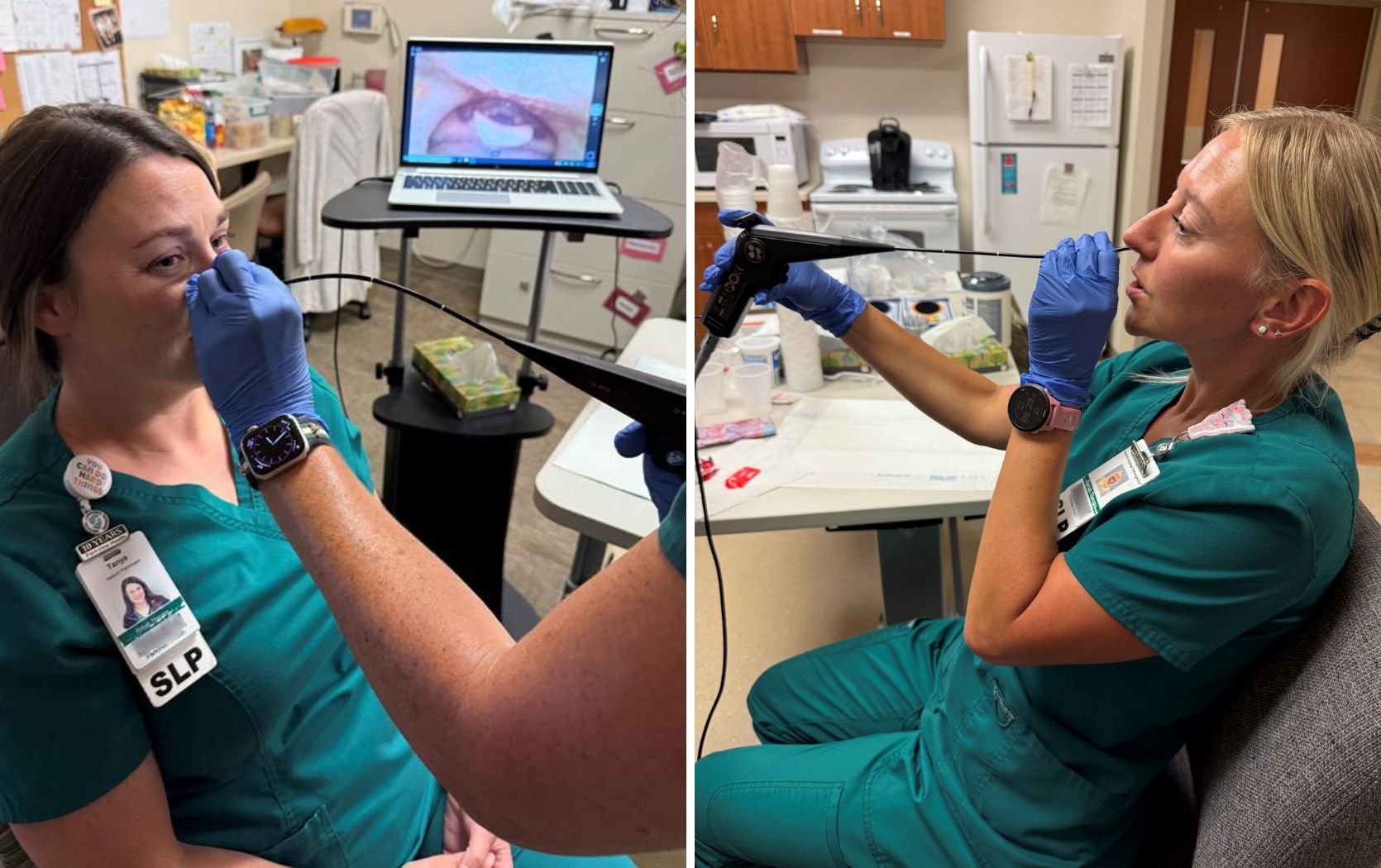
This post was written by Deya Obaidat, MD, Parkview Rheumatology.
Systemic lupus erythematosus (SLE) is an autoimmune disease with multisystemic involvement due to the presence of antibodies mistakenly targeting our own body. The condition can cause damage to our organs if not managed appropriately. Understanding the risk factors, symptoms and process for diagnosing SLE can be helpful in achieving the best outcome.
Risk factors
We don’t have a good answer for why some people have SLE, but we do believe that there is a multi-factorial process that can lead to the condition. This includes:
- Genetic factors
- Environmental factors (diet, smoking, pollution, etc.)
- Endocrinological factors
Though it can affect people from different ages and genders, it is more common in young women between the ages of 15-44, with higher prevalence among African Americans, Hispanics, Latinos, Asians and Native Americans compared to Caucasians.
Prevalence
Despite what the medical dramas might have us believe, lupus is quite rare. In the United States, less than 1 patient per 1,000 have the disease.
Symptoms
Patients can have various symptoms but the most common are:
- Fatigue
- Malaise
- Joint and muscle pains
Other, less common symptoms include:
- Unexplained fevers
- Alopecia
- Inflammation of the joints
- Skin rashes
- Seizures and neuropsychiatric changes
- Kidney damage
- Lung damage
- Chest pains related to inflammation of the coverings of the heart and lungs
The effects of SLE are not limited to the above. Those with lupus can experience a wide variety of symptoms in different presentations.
For more on managing the symptoms of lupus, review this post.
Diagnosis
The diagnosis process typically starts with an Anti-Nuclear Antibody (ANA) test, a non-specific screening that can come back positive and indicate many autoimmune problems, including SLE, Sjögren's syndrome, mixed connective tissue disease, scleroderma, myositis, thyroid autoimmune conditions and autoimmune hepatitis. The antibody can also be found in 30% of healthy individuals.
A positive ANA test (at a titer of 1:80 or more) is the first indicator a provider will consider in a potential SLE diagnosis, but it doesn’t automatically mean a person has lupus. A negative ANA test, however, does rule out the condition. In the presence of a positive ANA test, it is advisable to work with a primary care provider or rheumatologist to test for specific autoantibodies within the ANA family to check for potential disease involvement.
A combination of lab work and physical exam findings are used to diagnose SLE. In 2019, the America College of Rheumatology (ACR) and European League Against Rheumatism (EULAR) published combined classification criteria for SLE. Those criteria include categories of constitutional symptoms, hematological manifestations, musculoskeletal manifestations, kidney related manifestations, neuropsychiatric manifestations, and skin and mucosal manifestations, along with other lab work. Explore the full SLE criteria here.
Types of lupus
While SLE is the most serious and common type of lupus, there are other forms of the disease.
- Drug-induced lupus (usually within 3-6 months of starting a new medication)
- Cutaneous lupus (skin-only manifestations of lupus with no other organ involvement)
- Neonatal lupus (transferred to newborns when mom via antibodies)
Prognosis and prevention
The prognosis varies depending on the involved organs and disease activity at the time of diagnosis. Major organ involvement, such as with the kidneys, can lead to a higher risk of mortality, though the majority of people with SLE do well with treatment. Early identification of the disease and early intervention are vital in decreasing complications and improving the patient’s outcome.
Treatment
While there is no cure for SLE, there are multiple treatment options. The nonpharmacological aspect of treatment is important. Lifestyle shifts for managing lupus include:
The pharmacological treatment regimen depends on the organs involved and the severity of involvement, but many of the medications used alter the immune system to improve the disease. It’s not unusual for the care team to use a combination of medications to treat the condition. And due to the multisystemic nature of the disease, in some cases, treatment will need to be coordinated through a multi-disciplinary team, involving different specialists, depending on the organs involved.
If you have lupus or another rheumatic disease, you can schedule an appointment or establish care with Parkview Rheumatology by calling 260-266-8820.
References
Justiz Vaillant AA, Goyal A, Varacallo M. Systemic Lupus Erythematosus. [Updated 2023 Aug 4]. In: StatPearls [Internet]. Treasure Island (FL): StatPearls Publishing; 2024 Jan-.
Centers for Disease Control and Prevention
Cojocaru M, Cojocaru IM, Silosi I, Vrabie CD. Manifestations of systemic lupus erythematosus. Maedica (Bucur). 2011 Oct;6(4):330-6. PMID: 22879850; PMCID: PMC3391953.
Tešija Kuna A, Đerek L, Drvar V, Kozmar A, Gugo K. Assessment of antinuclear antibodies (ANA): National recommendations on behalf of the Croatian society of medical biochemistry and laboratory medicine. Biochem Med (Zagreb). 2021 Jun 15;31(2):020502. doi: 10.11613/BM.2021.020502. Epub 2021 Apr 15. Erratum in: Biochem Med (Zagreb). 2022 Feb 15;32(1):011201. PMID: 33927550; PMCID: PMC8047791.
Aringer M, et al. 2019 European League Against Rheumatism/American College of Rheumatology Classification Criteria for Systemic Lupus Erythematosus. Arthritis Rheumatol. 2019 Sep;71(9):1400-1412. doi: 10.1002/art.40930. Epub 2019 Aug 6. PMID: 31385462; PMCID: PMC6827566.



